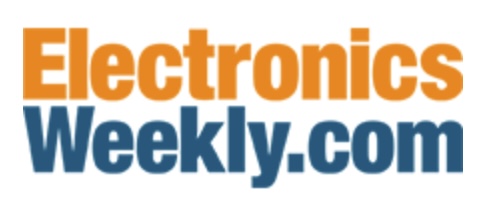The TCB (Thermo Compression Bonder) market segment will have an 11.6% CAGR, driven by HBM and chiplet packaging.
The hybrid bonding equipment segment surges with a 21.1% CAGR, enabled by fine-pitch interconnects in advanced 3D architectures.
Flip Chip and die bonders show steady growth with ~5% and ~3.6% CAGR, respectively, underpinned by demand in automotive, consumer, and industrial markets.
And the wire bonding domain remains essential in legacy, high-volume packaging, with revenue approaching $978 million by 2030.

Geopolitical tension and export controls are prompting major players to diversify supply chains and localise manufacturing.
Leading OSATs, such as ASE, Amkor, JCET, and SPIL, alongside IDM and foundry leaders, including TSMC, Intel, SK Hynix, Micron, and Samsung, continue to make significant investments.
Equipment vendors, including K&S, Besi, ASMPT, DISCO, and Hanmi, remain critical players, driving innovation and capacity expansion.
Strategic moves, such as Applied Materials’ 9% acquisition of BESI, reflect deeper collaboration and supply chain integration in key bonding segments.
As the complexity of chip manufacturing moves beyond front-end scaling, back-end equipment has emerged as a strategic focus for semiconductor innovation.
TCB and hybrid bonding are the fastest-growing equipment segments, reflecting the packaging shift toward chiplets and HBM-based architectures:
TCB will reach $936 million by 2030, fueled by integration in memory and AI platforms,
Hybrid bonding will grow to $397 million, with fine-pitch, high-density interconnects essential for advanced 3D integration.
“Flip Chip bonders and die bonders remain at the core of high-volume and multi-market adoption, while wire bonding continues to serve cost-sensitive segments, growing steadily to support automotive, industrial, and legacy consumer applications,” says Yole’s Vishal Saroha.
The back-end equipment ecosystem includes leading OSATs such as ASE, Amkor, JCET, and SPIL, as well as foundries and IDMs like TSMC, Intel, Samsung, SK Hynix, and Micron, all accelerating investment in bonding and integration technologies.
BESI, ASMPT, Hanmi, DISCO, and K&S remain at the forefront of technology development,
Hanmi and Hanwha intensify competition in the TCB market, targeting memory IDM orders,
BESI’s delivery of five TCB systems and Applied Materials’ 9% stake in BESI illustrate increasing strategic alignment between tool vendors and system integrators.

The global back-end equipment supply chain continues to evolve under pressure from tariffs, export restrictions, and regional industrial policies. In response, leading vendors are pursuing:
Geographic diversification of production will minimise regulatory and logistical risk,
Strategic technology partnerships will maintain access to advanced packaging capabilities.

Regional manufacturing localisation will align with customer proximity and government incentives.
In China, domestic vendors currently satisfy less than 14% of internal back-end equipment demand, and while growth is expected, ecosystem maturity will take time, likely past 2030. IPOs, mergers, and supply chain realignments are already underway.
As packaging becomes a key performance enabler, back-end equipment is no longer an afterthought. “It is a battleground for innovation, capacity, and sovereignty,” state Yole Group’s Semiconductor Equipment analysts.
